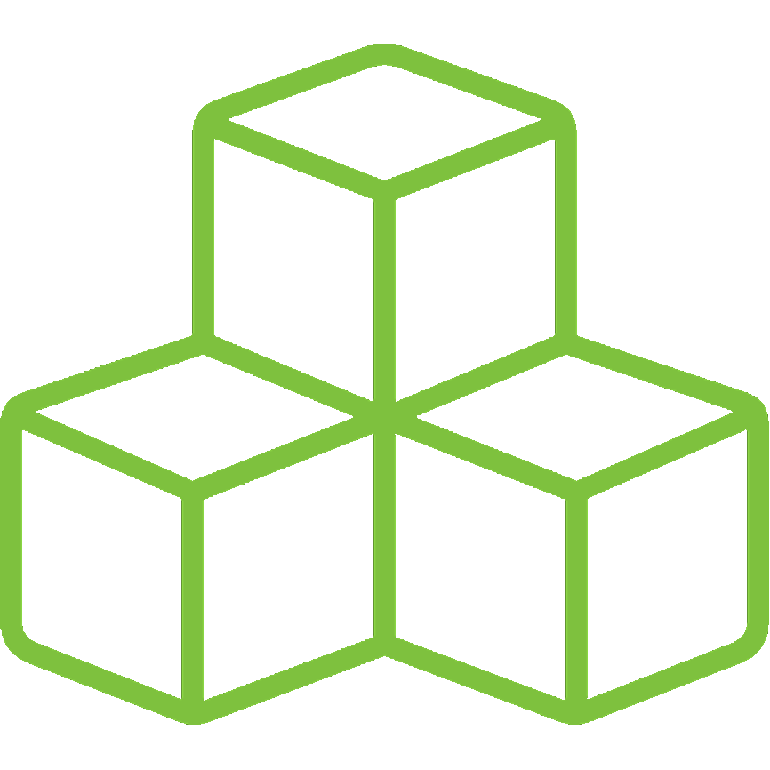With their lush grass, blooming flowers, and weighty headstones, cemeteries may seem disconnected from the digital world. But behind the scenes, technology drives today’s cemetery management – and it’s never been more important than now.
The coronavirus pandemic will have complicated and long-lasting consequences for cemeteries. The tragically high death toll has increased demand for cemetery services, yet the need to practice public health measures makes it harder to pursue the pre-sell and upsell opportunities that are crucial to a cemetery’s bottom line.
Cemetery management software gives operators the means to meet that challenge. It also offers the overdue tech-upgrade some cemeteries need to modernize their operations for the future. If there was ever a time to embrace this technology for the first time or improve on existing software, this is it – but only with the right software implemented the right way.

Cemetery management software comes in two forms: best-in-class and suite. Both address common cemetery management issues – cemetery operations, sales/marketing, HR, finance, reporting, etc – but in crucially different ways.

Suite-based software aims to provide an integrated approach, offering all the capabilities a cemetery may need in one package.

Best-in-class software, by contrast, does one thing (accounting, HR etc) better than any other product on the market.
With a suite made up of best-in-class capabilities, cemeteries address all their issues at once while integrating data and functions in one place. There’s no need to implement multiple software products, or to worry that different pieces of software won’t integrate with each other. The right suite becomes a single-source-of-truth containing everything that’s important – the one place users need to look for information and essential management tools.
Vital as a best-in-class software suite may be, it can only fulfill its potential with the help of the right implementation partner. Choose one with cemetery-specific expertise. Vet candidates based on their background, track record, and the details of what they can offer.
Today’s cemeteries need a strong tech partner in their corner, so this selection requires just as much careful consideration as software selection.
Don’t ruin a great tool with a bad implementation; successful ones always includes these features:
This list underscores the importance of finding the right implementation partner. A good one will approach the implementation as a process.

It starts with a discovery phase to explore what a cemetery needs in terms of software, followed by a design phase to customize a solution.
The actual “implementation” (known as the build phase) comes next, when the vendor links the software with other applications and data sources.
In the final phase, everything undergoes testing, users receive training, and the system rolls out in full. Some phases take longer than others, but each has equal importance.
If software is central to what a cemetery does, it must be implemented successfully, integrated fully, and embraced by users eager (and able) to use it to the fullest. Rushing through the process benefits no one.
The cemeteries of the future will look much like those of the past: verdant, peaceful, reflective. The right cemetery management software will support the future while honoring the past, by helping operators remain solvent, relevant, and optimistic in the midst of anything.